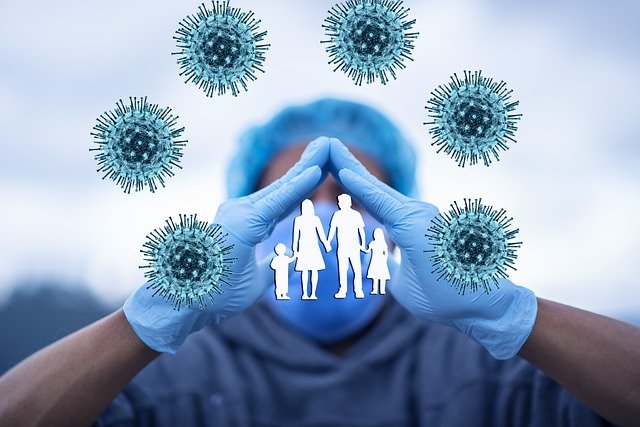What You Need to Know About Norovirus: Signs, Sources, and How to Stay Safe
Norovirus is a highly contagious virus that causes sudden stomach and intestinal inflammation, often leading to vomiting, diarrhea, and stomach cramps. It spreads easily through contaminated food, surfaces, and close contact with infected individuals, making outbreaks common in places like schools, restaurants, and cruise ships. Understanding the early signs and knowing how the virus is transmitted can help you take simple steps to protect yourself and reduce the risk of infection.

Norovirus infections strike quickly and can leave individuals feeling miserable for several days. While most people recover completely without medical intervention, the virus’s highly contagious nature makes prevention and early recognition crucial for limiting its spread within households and communities.
Common Symptoms and Early Warning Signs
Norovirus symptoms typically appear 12 to 48 hours after exposure and can hit suddenly without warning. The most characteristic signs include explosive vomiting, watery diarrhea, stomach cramps, and nausea that can be severe and persistent. Many people also experience low-grade fever, headaches, and body aches that accompany the gastrointestinal symptoms.
The intensity of symptoms often catches people off guard, with vomiting episodes that can be forceful and frequent during the first 24 hours. Diarrhea may continue for several days, and dehydration becomes a primary concern, especially for young children, elderly adults, and individuals with compromised immune systems. Some people may experience only vomiting or only diarrhea, though most cases involve both symptoms.
How Norovirus Spreads
Norovirus transmission occurs through multiple pathways, making it exceptionally easy to contract and spread. The virus spreads primarily through the fecal-oral route, meaning contaminated particles from infected individuals reach the mouths of others through various means. Direct contact with infected people, consuming contaminated food or water, and touching contaminated surfaces followed by touching the mouth are the most common transmission methods.
Food contamination often occurs when infected food handlers prepare meals without proper hand hygiene, or when foods like shellfish are harvested from contaminated waters. The virus can survive on surfaces for weeks and remains infectious even after standard cleaning procedures. Airborne transmission can also occur when someone vomits, creating microscopic droplets that others may inhale or that settle on nearby surfaces.
Key Prevention Measures to Stay Protected
Effective norovirus prevention centers on rigorous hygiene practices and environmental awareness. Frequent handwashing with soap and warm water for at least 20 seconds remains the most important preventive measure, particularly after using the bathroom, changing diapers, and before eating or preparing food. Alcohol-based hand sanitizers are less effective against norovirus compared to soap and water.
Food safety practices play a crucial role in prevention, including thoroughly cooking shellfish, washing fruits and vegetables, avoiding food prepared by sick individuals, and maintaining proper food storage temperatures. When someone in your household becomes infected, immediate isolation and thorough disinfection of contaminated areas with bleach-based cleaners help prevent family-wide outbreaks.
| Treatment Option | Provider Type | Estimated Cost |
|---|---|---|
| Home Care Management | Self-care | $10-30 (OTC medications, electrolytes) |
| Urgent Care Visit | Walk-in clinics | $150-300 |
| Emergency Room Visit | Hospital emergency dept | $500-2000 |
| Primary Care Consultation | Family physician | $200-400 |
| Telehealth Consultation | Online medical services | $50-150 |
Prices, rates, or cost estimates mentioned in this article are based on the latest available information but may change over time. Independent research is advised before making financial decisions.
Most norovirus cases resolve within 1-3 days without requiring medical treatment beyond supportive care. The primary focus should be maintaining hydration through small, frequent sips of clear fluids, electrolyte solutions, or ice chips. Avoiding dairy products, caffeine, alcohol, and fatty foods during recovery helps reduce digestive irritation.
Recognizing when to seek medical attention is important, particularly for vulnerable populations. Warning signs include signs of severe dehydration such as dizziness, dry mouth, decreased urination, or persistent vomiting that prevents fluid retention. Young children and elderly adults may require medical evaluation sooner due to their increased risk of complications from dehydration.
This article is for informational purposes only and should not be considered medical advice. Please consult a qualified healthcare professional for personalized guidance and treatment.




